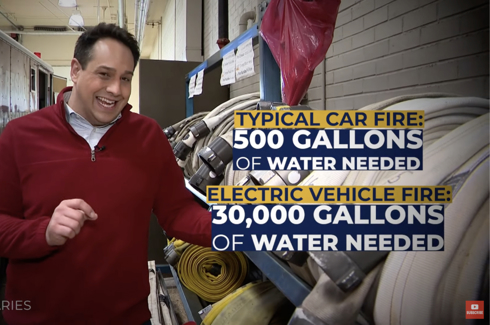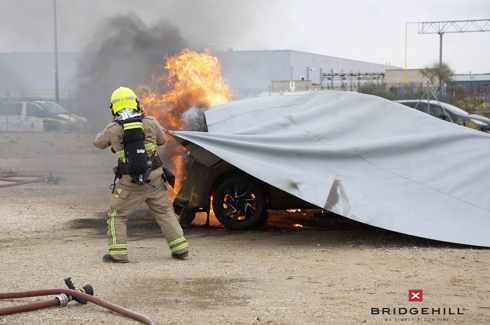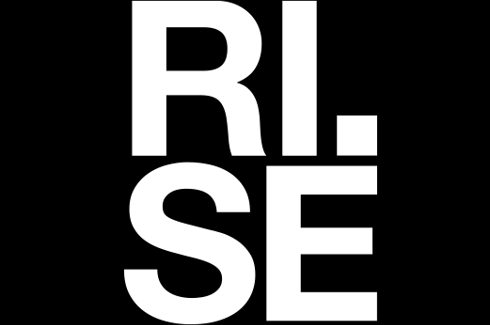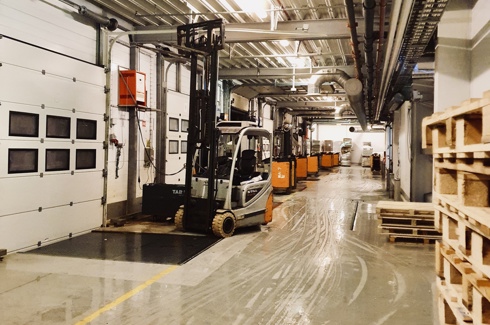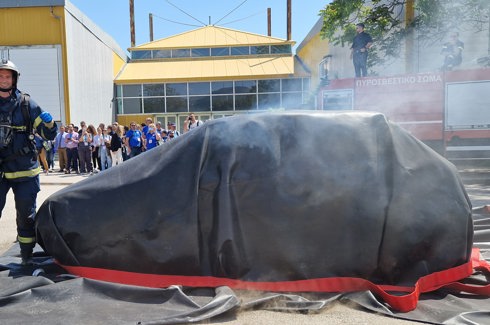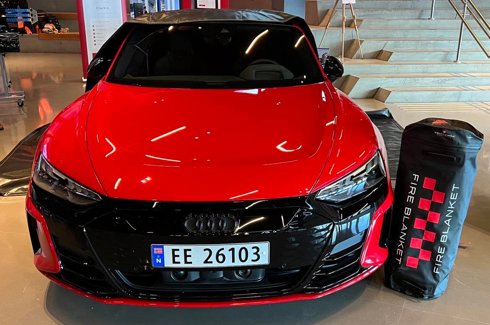The New EU Battery Regulation: Storage, Safety, and the Green Alternative
The European Union has introduced a new comprehensive Battery Regulation, Regulation (EU) 2023/1542, setting higher standards for the production, use, storage, and recycling of batteries. This regulation is a milestone toward a greener and more circular economy, with significant impact across the entire value chain – from manufacturers and distributors to end users.
At Bridgehill, we want to share the key aspects of this regulation and highlight how our solutions support a safe and sustainable transition.
Safe Storage and Handling: Stricter Rules Across Europe
A core element of the new regulation is that batteries may only be placed on the market if they do not pose risks to health, safety, property, or the environment under normal or reasonably foreseeable conditions.
This means that responsibility now extends beyond production and consumption, covering storage, transportation, and handling.
Distributors and retailers are also required to establish sufficient collection points for discarded batteries. These must ensure accessibility across territories, take population density into account, and provide convenient return options for end users.
The goal: to minimize risks while making battery returns simple, safe, and efficient.
The Green Alternative: From Production to Reuse
Tied closely to the European Green Deal, the regulation positions batteries as a cornerstone of clean mobility, renewable energy, and climate neutrality. Key measures include:
Carbon Footprint Declarations:
- Large industrial and electric vehicle batteries must display clear labeling of their carbon footprint, with classification into environmental performance categories.
Battery Passport:
- A digital passport will accompany each battery throughout its life cycle, providing details on raw material origin, environmental performance, repairability, and recycling options. This ensures transparency for authorities, businesses, and consumers.
Green Public Procurement:
- Public battery procurement will be based on life-cycle assessment, with strict requirements to reduce environmental impact. Over time, this will shift the market toward cleaner and more resource-efficient products.
A Life-Cycle Approach: From Raw Material to Second Life
The regulation strengthens the circular economy model, ensuring that batteries are not treated as disposable, but collected, repurposed, and recycled.
By reinforcing extended producer responsibility, stricter rules apply for collection, treatment, and reporting.
This approach reduces reliance on virgin raw materials, lowers environmental impact, and creates opportunities for innovation and sustainable growth in the energy storage sector.
Bridgehill’s Contribution
At Bridgehill, we embrace these changes and the responsibility they bring. Our solutions are developed to support safe storage, fire containment, and proper handling of batteries, helping businesses comply with EU regulations while protecting people, property, and the environment.
As the battery industry evolves under these new rules, Bridgehill is committed to leading with innovative safety solutions that enable a sustainable and circular future.
For more details, contact us directly.












